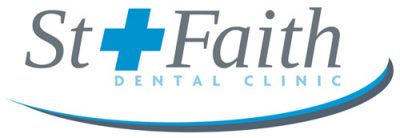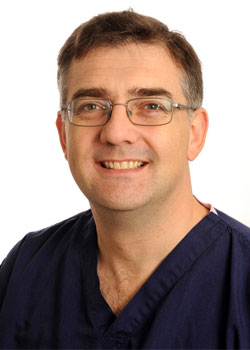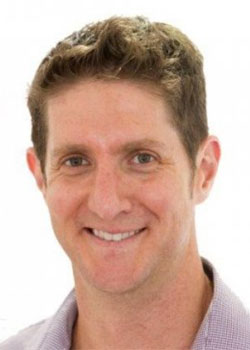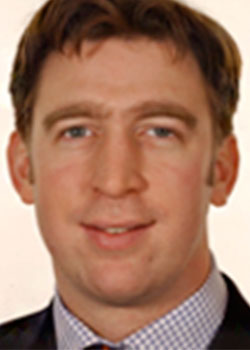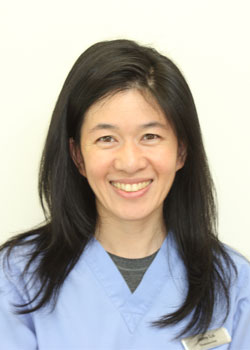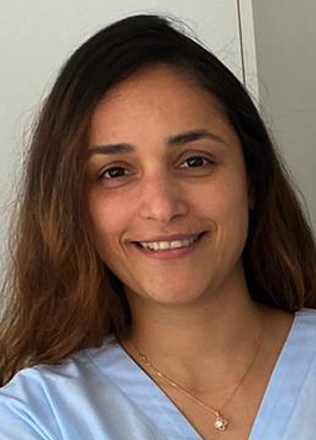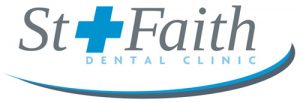Endodontics: The study and treatment of the dental pulp (nerve) commonly referred to as root canal treatment. This is usually carried out on teeth causing tooth ache or where the dental pulp (nerve) is already dead. The other option in these circumstances is usually removal of the tooth. Root canal treatment typically involves two visits. The anatomy of the root canal system varies greatly, and it can be a real challenge to get the best possible result. Specialist endodontists often use microscopy and more sophisticated techniques than general dentists.
Periodontology: The study and treatment of the structures around the tooth, i.e. the gum and underlying ‘periodontium’ that supports the tooth. This usually involves the treatment of periodontitis or ‘gum disease’ (used to be termed pyorrhoea). If left untreated, this can lead to the loosening and ultimately the loss of teeth. Treatment is usually over a number of visits, and typically involves thorough cleaning of the root surfaces, sometimes including minor surgery. A thorough course of treatment by a specialist periodontologist can be the difference between keeping one’s own teeth for a lifetime and never ending dental problems.
Orthodontics: The prevention and correction of irregular teeth. This is often carried out by way of fixed appliances- often referred to as ‘railway tracks’. Advances in techniques mean that this can often now be accomplished with transparent ‘splints’. Orthodontics is not only for children, and the alignment of teeth can be improved at any time of life. Compared to veneers or crowns which involve cutting away tooth material, Orthodontics can be the least invasive way to improve your smile.
Paedodontics: The branch of dentistry dealing with children from birth through adolescence. Whilst simply removing deciduous /baby/milk teeth is often the simplest way to prevent further dental symptoms, this is often unpleasant for the child, can make alignment of the adult teeth more complex, and can often be avoided by more sophisticated procedures that are usually available on the NHS. Deciduous teeth can undergo the equivalent of root treatment and even be crowned.
Oral surgery: The branch of dentistry that deals with the diagnosis and treatment of oral conditions requiring surgical intervention. This largely comprises of tooth removal but also encompasses procedures such as exposure of impacted teeth that can then be aligned orthodontically, biopsies where a sample of tissue is taken to help diagnose a condition, grafting where materials are used to enhance the remaining bone and gum and dental implant placement. The stated aim at the clinic is to perform such procedures as swiftly, simply and painlessly as possible.
Implantology: The study and treatment involving endosseous dental implants. Dental implants are best thought of as artificial roots. It is usual to place these, often under a simple local anaesthetic, and then leave them for a period of eight weeks whilst ‘osseointegration’ occurs. At that stage, impressions are taken and the final crowns, bridges or ‘clip on’ dentures are fitted two to four weeks later. It is sometimes possible to fit temporary crowns or bridges at the same time as the implants are placed. This is a relatively new discipline, but one that can revolutionise people’s lives. The practice can provide a quote of exactly how much the suggested treatment will cost.
Peri-implantitis: Peri-implantitis is inflammation around the supporting structures of a dental implant, causing loss of attachment. It is in many ways analogous to ‘periodontitis’ (‘gum disease’) around teeth, but can be very challenging to successfully treat. There are relatively few dentists who have the experience and skill to address this condition properly.
